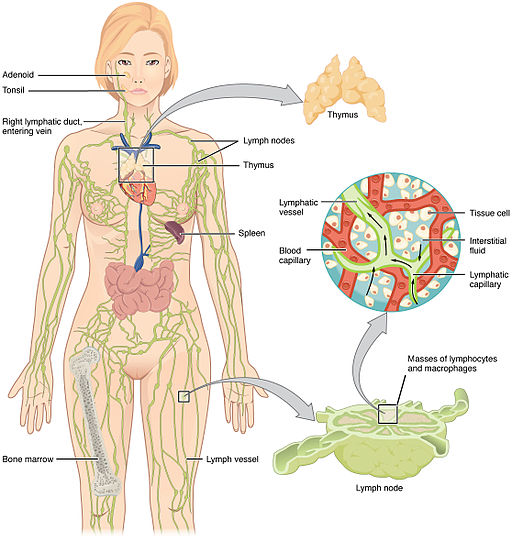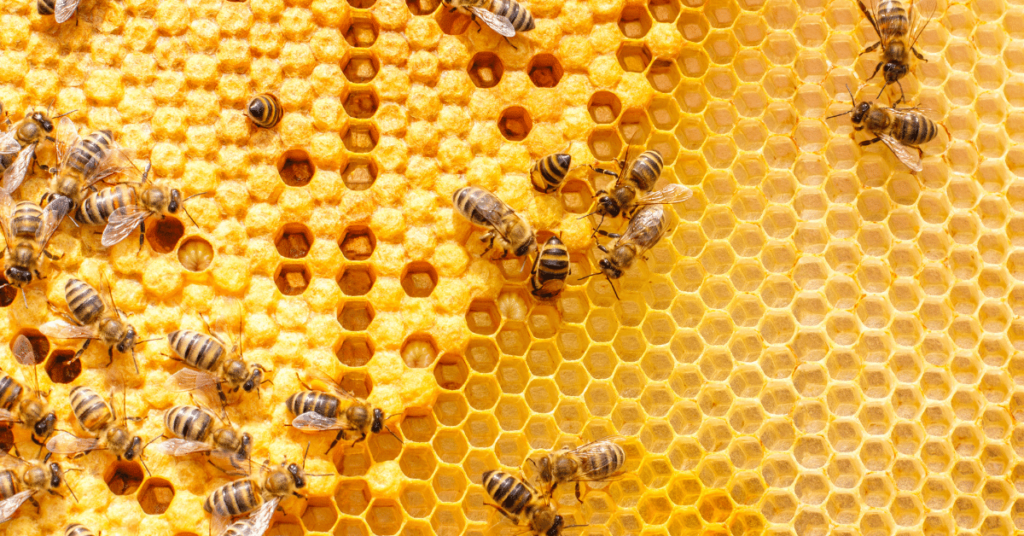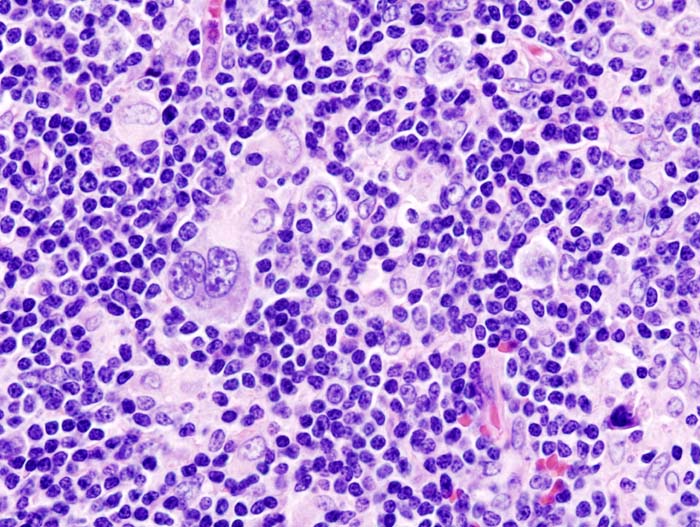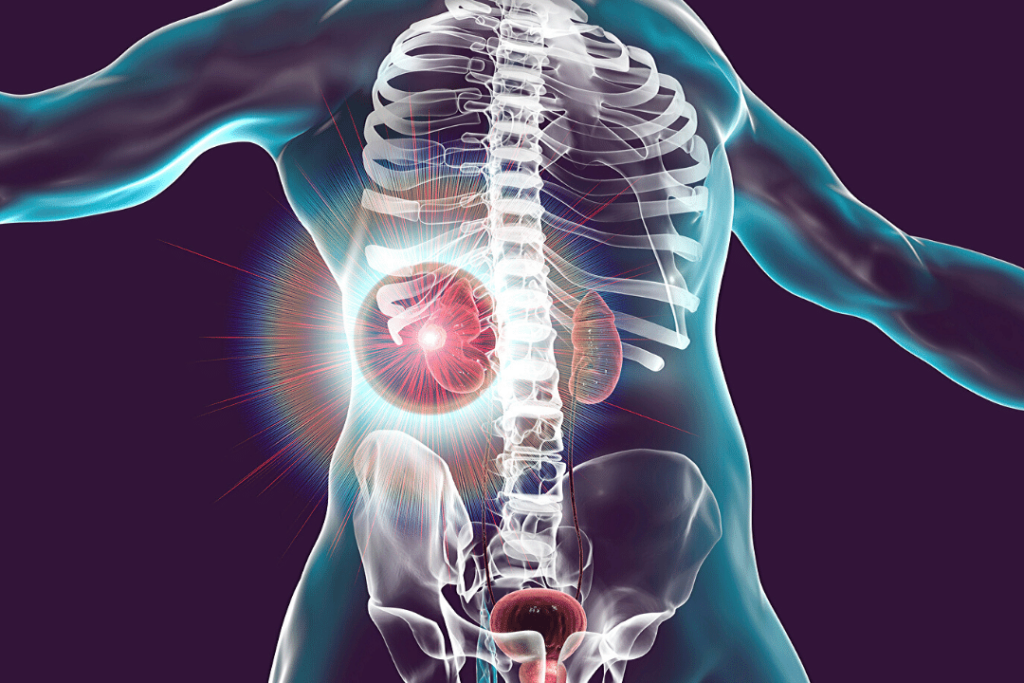Support Disease and Fatigue with Lemon Juice and Baking Soda
If there is one thing you could do every day that would dramatically support disease and increase your energy, consuming lemon juice combined with baking soda would be on the top of the list. Even athletes are using baking soda to give themselves extra energy in their sports competitions. Did you know that baking soda […]
Support Disease and Fatigue with Lemon Juice and Baking Soda Read More »






